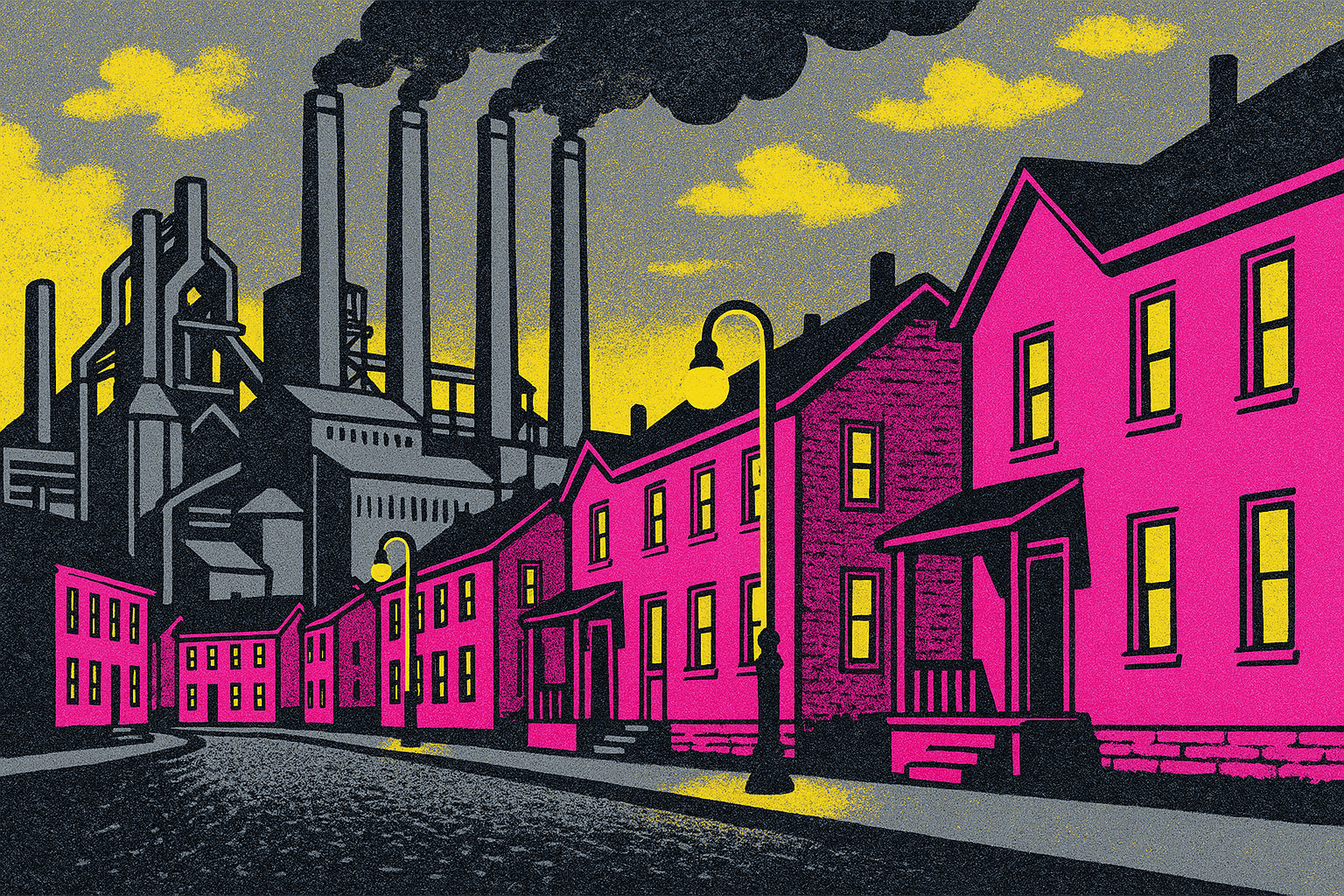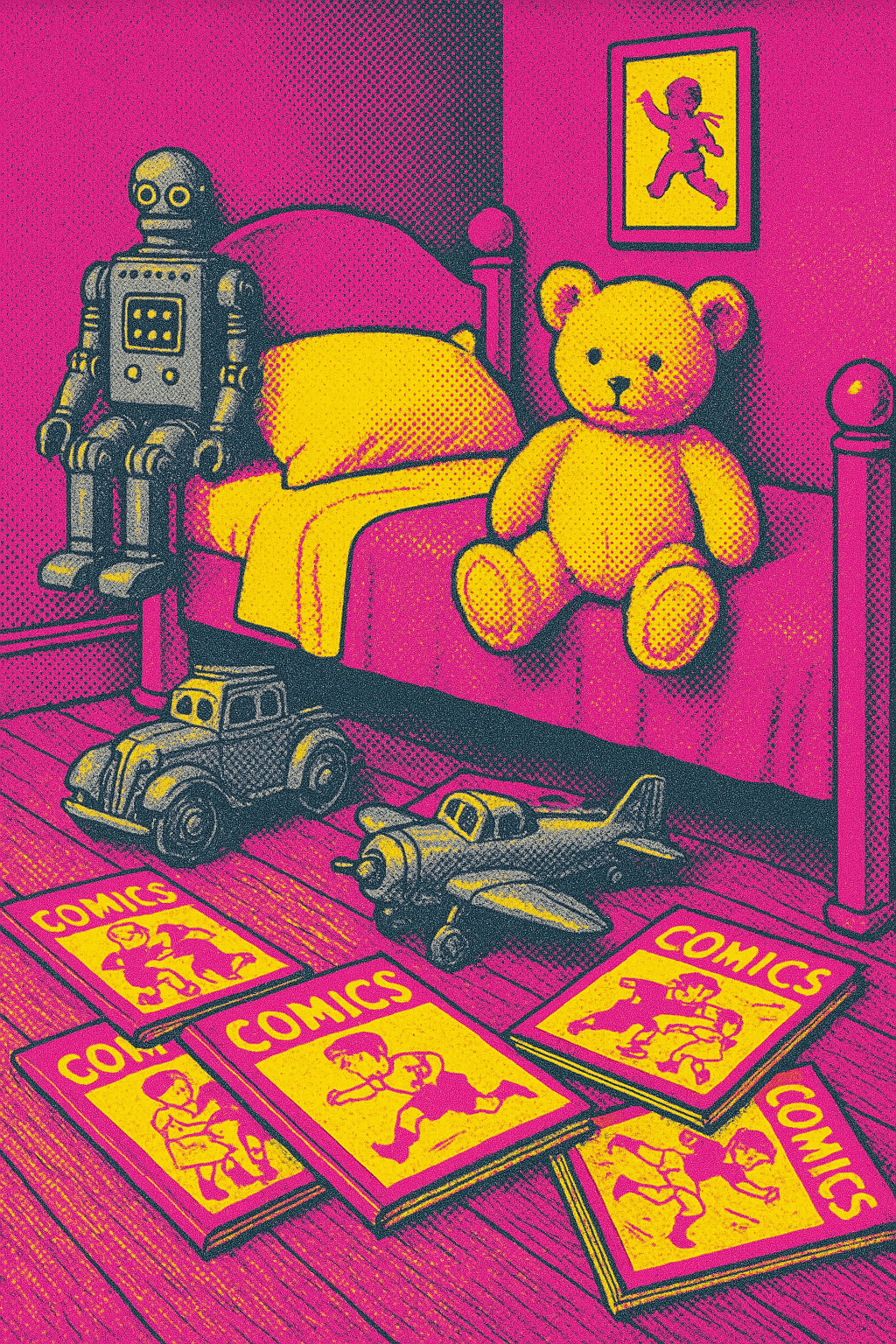On August 6, 1928, Andrew Warhola was born in Pittsburgh, Pennsylvania, in a modest home that would serve as the unlikely starting point for one of the most revolutionary artists of the 20th century. The future Andy Warhol entered the world as the youngest of three sons born to Andrej and Julia Warhola, Slovak immigrants who had come to America seeking better opportunities. His father worked as a coal miner, while his mother Julia supplemented the family income as a seamstress, representing the hardworking immigrant experience that characterized much of industrial Pittsburgh during the era.
Warhol's early years in the working-class neighborhood of Oakland were shaped by his family's Eastern European Catholic traditions, his mother's artistic influence, and the industrial landscape of Pittsburgh. These formative experiences in a blue-collar environment would later inform his democratic approach to art, where he sought to blur the lines between high culture and popular culture, making art accessible to everyone regardless of social class.

Growing up in the Warhola household meant exposure to both traditional Slovak folk art and the emerging American popular culture of the 1930s. Julia Warhola, despite her limited formal education, possessed considerable artistic talent and often created decorative items for the home. She encouraged young Andrew's interest in drawing and supported his artistic pursuits even when money was scarce. The family's financial struggles meant that luxuries were rare, but Julia recognized her son's talent and found ways to nurture it.
Warhol's childhood was also marked by health challenges, including a nervous system disorder called Sydenham's chorea, which kept him bedridden for extended periods during elementary school. During these times of isolation, he immersed himself in popular culture, collecting movie star photographs, listening to radio programs, and drawing. This early fascination with celebrity culture and mass media would later become central themes in his artistic work.

The steel mills, bridges, and working-class neighborhoods of Pittsburgh provided a unique backdrop for Warhol's developing artistic sensibilities. The city's industrial character, with its emphasis on mass production and manufacturing, would later influence his famous Factory studio concept and his approach to art-making as an industrial process. Pittsburgh in the 1930s and 1940s was also a place where immigrant communities maintained strong cultural identities while adapting to American life, a duality that Warhol would explore throughout his career.

From these humble beginnings in Pittsburgh, Andrew Warhola would eventually transform into Andy Warhol, the silver-wigged pop artist who revolutionized contemporary art. His working-class roots, combined with his mother's artistic encouragement and his early exposure to popular culture, created the foundation for an artist who would make the everyday extraordinary. The boy born on August 6, 1928, in a modest Pittsburgh home would grow up to challenge traditional notions of what art could be, democratizing creativity and making icons out of soup cans, celebrities, and consumer goods.